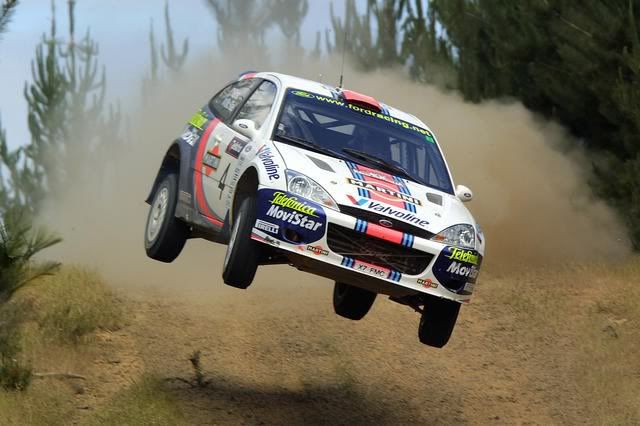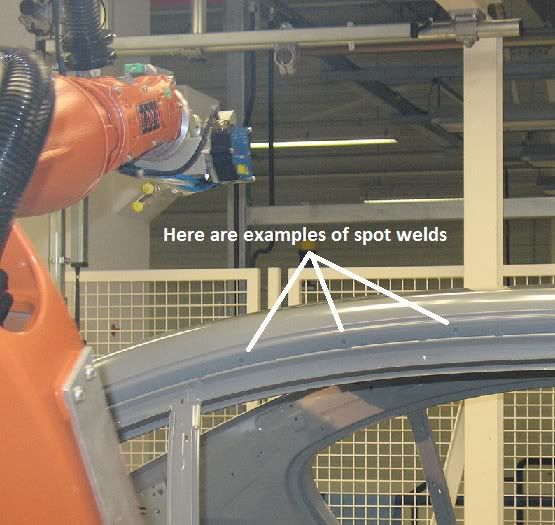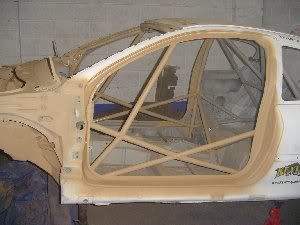In the first part of this series of blogs I covered rally car bodyshell preparation. Today, it’s suspension and brakes.
So why do rally cars need special suspension and brakes? Firstly, rally cars drive at high speed over all sorts of surfaces, from smooth tarmac to the roughest of rocky gravel roads. If the suspension can’t absorb all those bumps then the car will take such a pounding that it can break the car and could also rattle the teeth out of the crew! Oh, by the way, I have driven a rally car with broken suspension at high speed on a gravel forest track and the vibrations were so bad my vision was blurred making it hard to see where we were going!
There are basically two parts to the suspension. Firstly there’s the big metal spring which compress as the wheel hits a bump and it absorbs all that energy so it’s not transferred to the car. If you only had springs, the ride would get quite bouncy, so inside the spring you have an oil filled tube called a damper.
The damper allows the spring to compress, but prevents the spring from recoiling too quickly so ‘dampens’ the rebound effect. That’s basically how suspension in a standard road car works, but a rally car suspension is a bit more sophisticated in that it is three-way adjustable. This means there are three types of bump you can set up the suspension for, depending on the type of surface you’re driving on.
1) High Speed damping. This allows you to adjust the suspension so the wheels stay on the ground when driving over small bumps like ruts and potholes at high speed. This setting is to absorb all the small vibrations that would otherwise blur your vision and rattle your teeth out!
3) Yaw and Pitch. As a car accelerates, brakes or goes around corners, it will lean backwards, forwards or side to side and this makes the tyres work less efficiently. This setting allows you to reduce this effect, keeping the car stable and as level as possible, thus keeping all four tyres evenly on the road.
Ok, that’s covered quite a bit on suspension, so I’ll talk about brakes in the next part 2b soon. See below how rally car suspension compares to standard road car suspension. Can you spot the springs and the dampers?
Road car damper and spring
it is. This allows for more movement for absorbing big bumps!
Colin McRae showing why rally cars need good suspension!!






